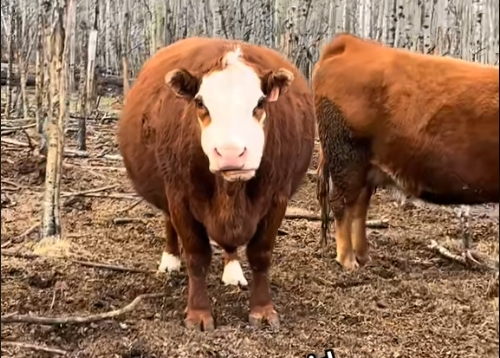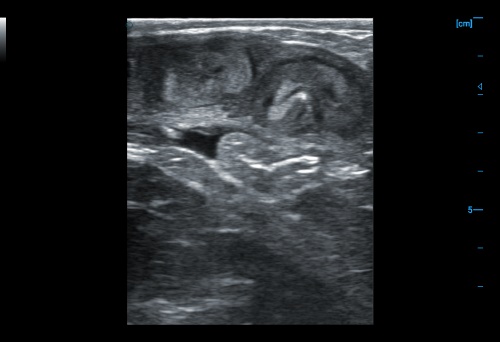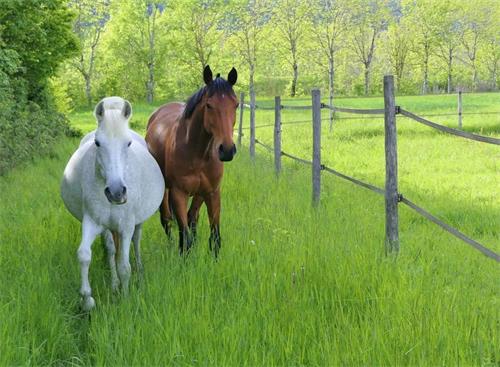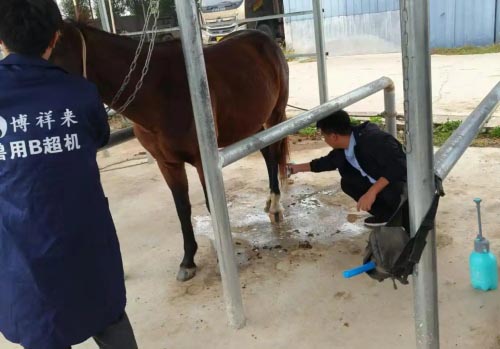As a livestock farmer, I rely on a variety of tools to maintain the health and productivity of my animals. Among these tools, Ultraschall für Veterinärmedizin stands out as one of the most practical and versatile technologies we use. Whether it’s diagnosing pregnancy, monitoring reproductive health, or evaluating internal organs, ultrasound offers real-time, Genau, and non-invasive insights into what’s happening inside the body of a cow or mare. In diesem Artikel, I’ll walk you through how veterinary ultrasound works and its essential uses in large animal farming, especially with cows and horses.

Understanding How Veterinary Ultrasound Works
Veterinary ultrasonography uses high-frequency sound waves, usually ranging from 1.5 An 18 megahertz (Mhz), to generate images of internal body structures. A device called a transducer sends a quick pulse of sound into the animal’s body. When this sound wave hits tissues with different densities, some of the echoes are reflected back to the transducer. These returning echoes are then translated by the ultrasound machine into visual images, revealing the shape, size, and texture of organs or structures beneath the skin.
The most common imaging mode is B-mode (brightness mode), which displays a grayscale, cross-sectional view of tissues. This image can be adjusted in real time as the probe moves, allowing us to continuously examine different angles until we get the view we need.
Main Applications in Cows
1. Pregnancy Diagnosis
One of the most routine uses of ultrasound on cows is for pregnancy detection. Transrectal ultrasound can confirm pregnancy as early as 26 An 30 days after insemination. This early confirmation allows me to manage breeding schedules more effectively and reduce the number of open cows (non-pregnant animals), which helps lower costs and improve herd fertility rates.
I usually use ultrasound not only to confirm pregnancy but also to check for multiple fetuses, estimate fetal age, and identify any abnormalities. Knowing these details helps me make informed decisions about feeding, grouping, and future veterinary care.
2. Reproductive Tract Evaluation
Even when a cow isn’t pregnant, ultrasound is vital for assessing the condition of the ovaries and uterus. I use it to detect ovarian cysts, Gebärmutterinfektionen, or to monitor follicular development for timed artificial insemination. This has made my breeding program much more efficient, as I can optimize the timing and improve conception rates.
3. Disease Diagnosis
Beyond reproduction, ultrasound helps identify problems like fluid buildup in the abdomen (ascites), abscesses, or abnormal organ sizes and textures. Liver, kidney, bladder, and digestive tract assessments are also possible, although gas-filled organs like the rumen can limit image clarity. Nevertheless, I’ve found it extremely useful for assessing the extent of infections or injuries in large animals.

Main Applications in Mares
1. Breeding Soundness and Cycle Monitoring
For horses, especially mares used for breeding, ultrasound is indispensable. It helps determine whether a mare is in heat, monitor follicular development, and identify the best time for mating or insemination. Transrectal ultrasound allows me to track the mare’s cycle day by day and even pinpoint ovulation. This has increased breeding success in my mares significantly.
2. Früherkennung einer Schwangerschaft
Like with cows, ultrasound is used to confirm pregnancy in mares as early as 14–16 days after ovulation. One unique advantage in mares is the ability to check for twin pregnancies, which are risky and often require early intervention. The ultrasound also allows me to monitor embryo viability, detect abnormalities, and evaluate fetal development throughout gestation.
3. Tendon and Ligament Injuries
Horses are highly active animals, and leg injuries are common. Ultrasound is the go-to method for diagnosing tendon and ligament tears. With proper interpretation, it can reveal the severity and extent of the injury, which helps me and my vet design an effective recovery plan. It’s particularly helpful in monitoring healing over time, allowing us to adjust rest and rehabilitation protocols.

Advanced Techniques: Echocardiography and Doppler Ultrasound
Some advanced farms and equine clinics use echocardiography, which is a form of ultrasound focused on the heart. It allows vets to assess heart valve function, chamber size, and blood flow. This is especially useful in performance horses or animals suspected of having heart disease. Though not commonly used on every farm, I’ve seen it used in referral settings with great success.
Doppler ultrasonography is another specialized tool that can measure blood flow velocity and direction. It’s used to assess blood circulation in the uterus during pregnancy, or to check for vascular abnormalities. This is especially helpful when a mare or cow shows signs of complications late in pregnancy.
Image Depth, Limitations, and Safety
Veterinary ultrasound has its limitations, especially when imaging deep tissues in large animals. The depth is typically capped at around 30 centimeters, and image clarity decreases the deeper you scan. Low-frequency probes help penetrate deeper but sacrifice image resolution. Fluids like urine or amniotic fluid can enhance imaging, while gas and bone tend to block sound waves.
Despite this, the technology remains safe and reliable. It’s non-invasive and doesn’t involve ionizing radiation like X-rays, making it ideal for use on pregnant animals and repeat evaluations.

Guiding Biopsies and Treatments
Another valuable use of ultrasound is guiding needle placement for procedures like biopsies or abscess drainages. Mit Echtzeit-Bildgebung, a vet can safely direct a needle into an exact location without the risks of blind insertion. I’ve had this used in several cases on my farm, avoiding the need for more invasive surgery.
This technique can be used on various organs, such as the liver or uterus, and is especially helpful in diagnosing diseases or infections that are hard to detect from external signs or basic palpation.
Final Thoughts: A Farmer’s Perspective
From my experience, veterinary ultrasound is a game-changer in large animal farming. It’s not just about seeing inside the animal—it’s about making smarter, faster decisions that improve animal health, save time, and boost productivity.
Whether you’re managing a herd of dairy cows or a group of broodmares, having access to regular ultrasonographic examinations—especially during breeding season—can help you catch problems early, manage pregnancies more efficiently, and even save lives.
While not every farm owns an ultrasound machine, working with a vet who uses one regularly is one of the best investments you can make in the long-term health of your animals.